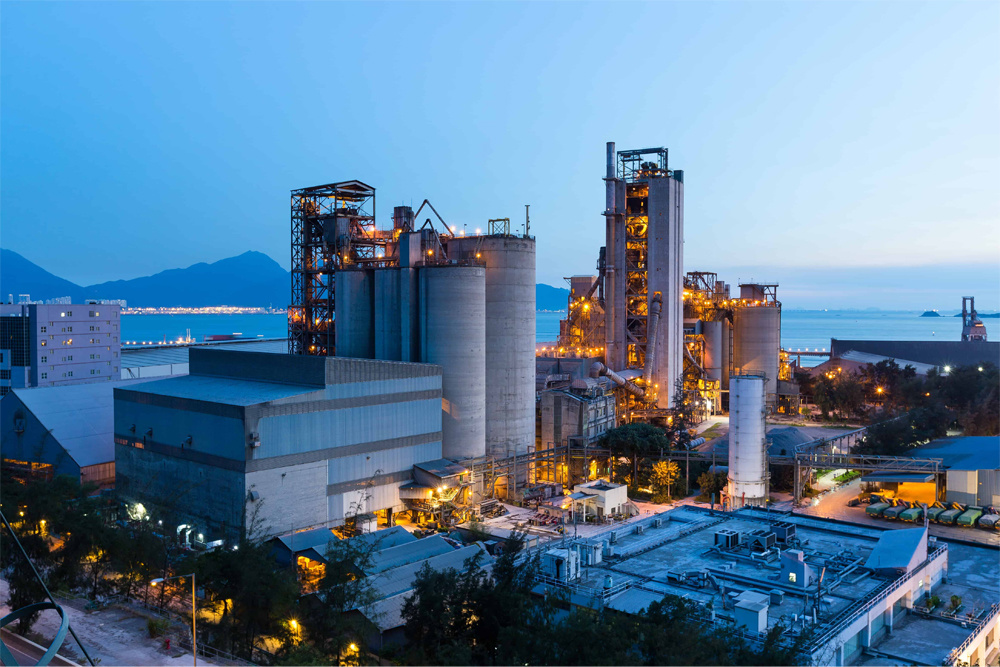Address: Industrial Zone, Ruyang County, Luoyang City, Henan Province
Chemical industry
Mar 14,2025

Ⅰ、Catalytic properties and applications of indium oxide
1、Organic synthesis catalysis
Indium oxide serves as an efficient catalyst for organic reactions such as oxidative dehydrogenation and carbonylation, enhancing reaction selectivity and yield in pharmaceutical and fine chemical production
For example:
Oxidative coupling reaction:It facilitates C-C bond formation through surface oxygen vacancies, enabling efficient synthesis of drug intermediates
Hydrogenation reaction:By regulating In³⁺ active sites, indium oxide improves the binding efficiency between hydrogen and organic compounds, while lowering reaction activation energy
2、Environmental protection catalysis
Wastewater treatment:Indium oxide can catalytically degrade organic pollutants (such as phenol and dyes), and achieve water purification through photocatalytic or electrocatalytic oxidation.
Waste gas treatment:Because of the surface adsorption capacity, indium oxide can convert toxic gases such as NOₓ and VOCs into harmless gas (such as CO₂ and H₂O).
Ⅱ、Synergistic catalytic effect of indium tin oxide (ITO)
1、Photoelectrocatalysis
As a photoelectrode material, ITO exhibits excellent performance in hydrogen production through water photolysis.:
Wide bandgap characteristic (3.7 eV):Enhance UV light absorption and improve the efficiency of photo-generated carrier separation
High conductivity:Sn doping improves electron mobility (15–50 cm²/V·s) and reduces interfacial resistance
2、Industrial catalyst carrier
As a catalyst carrier, the ITO thin film enhances the dispersibility and stability of active components (such as Pt and Pd) through the indium-tin synergistic effect, and is applied to chemical processes such as hydrogen production from methanol reforming.
Ⅲ、Catalytic assistance of tin oxide (SnO2)
1、Gas sensing and catalysis
Tin oxide-based materials are used for detecting gases such as CO and CH₄. The oxygen vacancies on their surface can activate the adsorption-dissociation process of gas molecules, possessing both sensing and catalytic oxidation functions.
2、Doping modification
Antimony (Sb)-doped SnO₂ enhances conductivity and serves as a conductive substrate for electrocatalysts used in the oxygen reduction reaction (ORR) in fuel cells
Previous:
Next:
COOKIES
Our website uses cookies and similar technologies to personalize the advertising shown to you and to help you get the best experience on our website. For more information, see our Privacy & Cookie Policy
COOKIES
Our website uses cookies and similar technologies to personalize the advertising shown to you and to help you get the best experience on our website. For more information, see our Privacy & Cookie Policy
These cookies are necessary for basic functions such as payment. Standard cookies cannot be turned off and do not store any of your information.
These cookies collect information, such as how many people are using our site or which pages are popular, to help us improve the customer experience. Turning these cookies off will mean we can't collect information to improve your experience.
These cookies enable the website to provide enhanced functionality and personalization. They may be set by us or by third-party providers whose services we have added to our pages. If you do not allow these cookies, some or all of these services may not function properly.
These cookies help us understand what you are interested in so that we can show you relevant advertising on other websites. Turning these cookies off will mean we are unable to show you any personalized advertising.
Manufacture of high-purity nano powder
Address: Industrial Zone, Ruyang County, Luoyang City, Henan Province

WeChat Sweep
Copyright©2025 Ruyang Ruijin Electronic Technology Co., Ltd.
SAF Coolest v1.3.1.2 设置面板 GAGSE-ZGYF-JSSZE-ZDZ
无数据提示
Sorry, the current column is being updated, please look forward to it!
You can view other columns or returnHome Page

